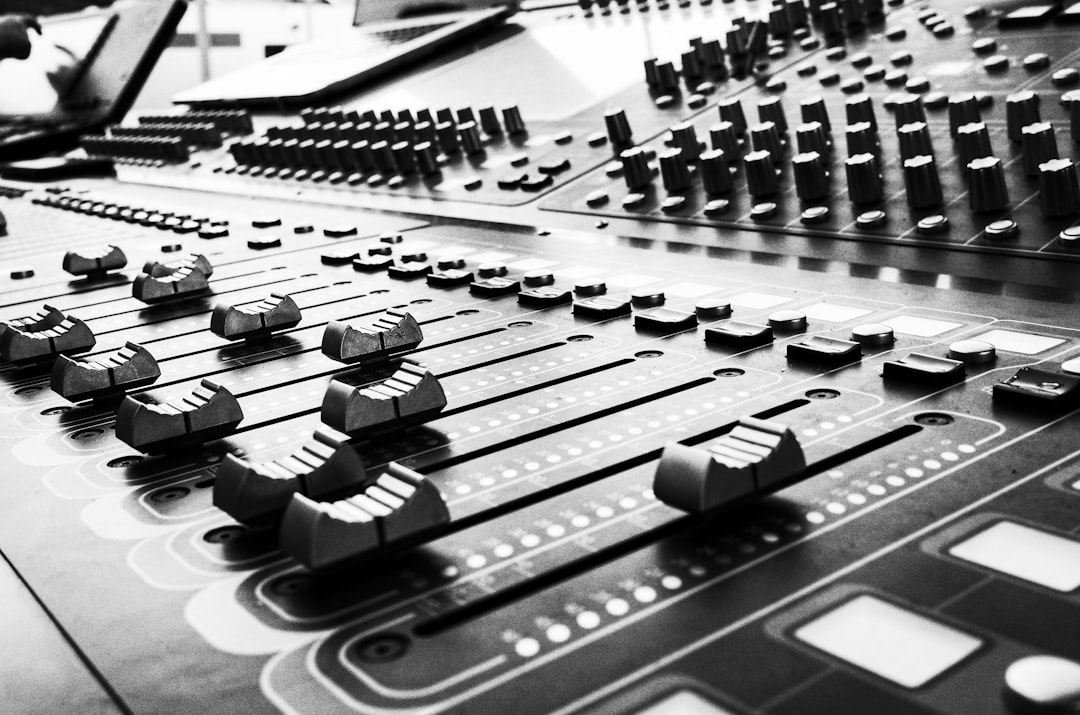
Audio visual installation is an essential aspect of creating an immersive experience that engages audiences. Whether you’re setting up a home theater or outfitting a conference room, successful audio visual installation relies on careful planning and execution of your system. In this complete guide, we’ll explore the ins and outs of audio visual installation, from selecting the right equipment to ensure proper installation.
Equipment Selection
The success of your audio visual installation depends largely on the equipment you choose. The equipment you select should be tailored to the specific needs and requirements of your space. If you’re installing a home theater system, for example, you’ll need to consider the size of your room, the acoustics, and your budget.
Similarly, when outfitting a conference room, you’ll need to consider how many people will be using the space at one time, the types of presentations or video conferences that will be held, and how the audio visual equipment will integrate with other technology that may be used in the space (such as teleconferencing or videoconferencing equipment).
Installation
Proper installation is essential to ensure that your audio visual equipment performs optimally. Poor installation can lead to issues like background noise, buzz, or interference. Before you begin installation, it’s important to develop a plan that outlines the placement of your equipment, the cable and wiring requirements, and any additional technology integrations.
It’s also important to ensure that all equipment is installed according to manufacturer specifications. Even minor variations in installation can have a significant impact on performance.
Testing and Calibration
Once your audio visual equipment has been installed, it’s important to thoroughly test and calibrate all systems. This ensures that your equipment is performing optimally and that your audience is getting the best possible experience. Calibration can involve various tools such as sound level meters, colorimeters, and video test patterns. It’s important to follow proper calibration procedures specific to your equipment.
Maintenance and Upgrades
Regular maintenance and upgrades are essential to ensure that your audio visual equipment remains in optimal condition. Scheduled maintenance can prevent issues such as equipment failure and prolong the lifespan of your equipment. It’s important to establish a regular maintenance schedule that includes tasks such as cleaning, testing, and tuning.
Upgrades can help ensure that your audio visual equipment remains compatible with the latest technology and standards. Regularly assessing the performance of your equipment can help determine when it’s time to upgrade. This can involve installing new equipment or software, or making additions or changes to your existing system.
Proper audio visual installation is critical to the success of any space that relies on technology for a positive user experience. From equipment selection to maintenance and upgrades, every step plays a crucial role in ensuring that your audio visual system operates optimally and provides a superior experience to your audience. By following the steps outlined in this guide, you can be confident in the performance and longevity of your audio visual investment.